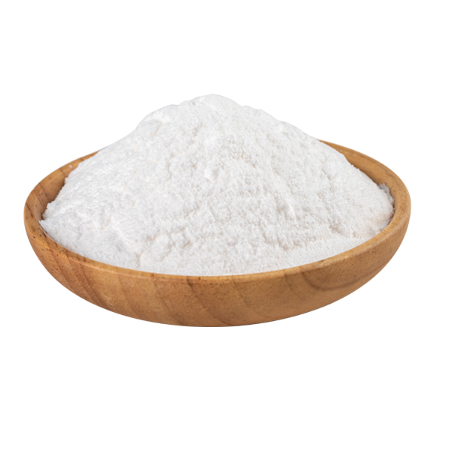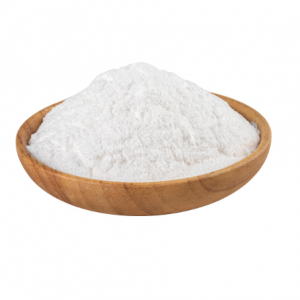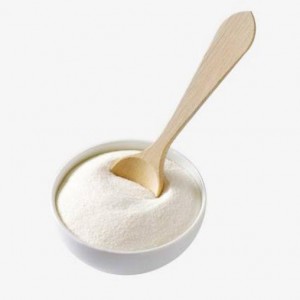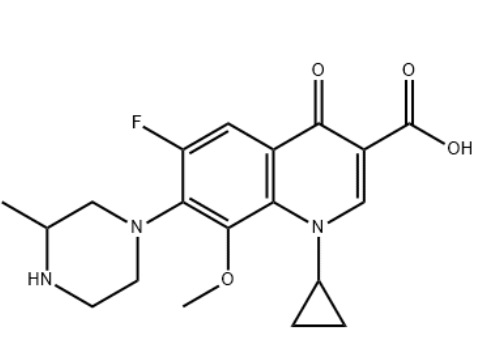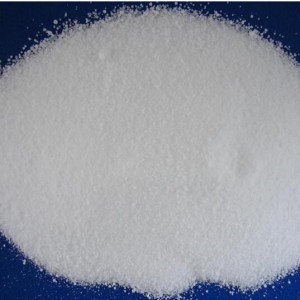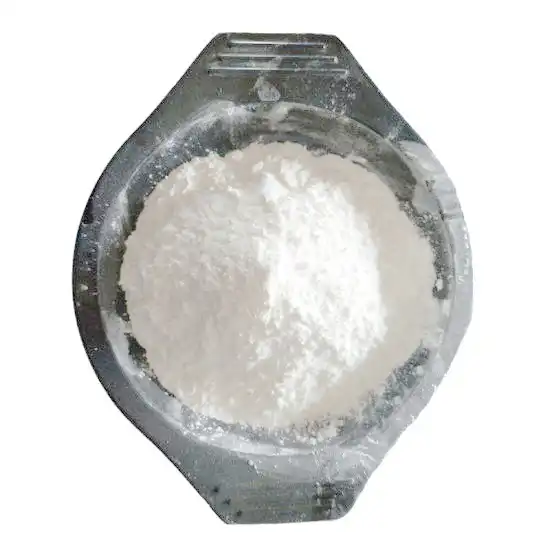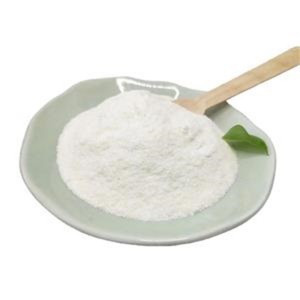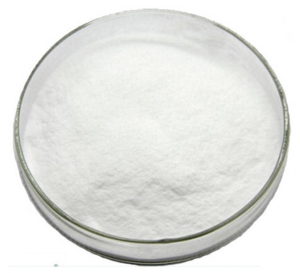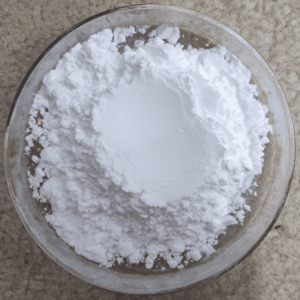| Basic Information | |
| Product name | 112811-59-3 |
| Grade | Pharmaceutical Grade |
| Appearance | White to Off-White crystalline powder |
| Assay | 99% |
| Shelf life | 2 years |
| Packing | 25kg/drum |
| Storage | Keep in a cool dry place |
Product description
Gatifloxacin belongs to a class of drugs known as quinolone antibiotics and is used to treat acute sinus, lung, or urinary tract infections and sexually transmitted bacterial infection.This drug may be taken orally, in tablet form, or by injection.Common side effects associated with gatifloxacin include nausea, vaginitis(irritation or inflammation of the vagina),diarrhea, headache, dizziness, and irregular heart beats. In general, gatifloxacin is used in people who are unresponsive to other AOM therapies.
In one study, gatifloxacin was compared with amoxicillin/clavulanate in the treatment of recurrent otitis media (OM) and AOM in treatment failures in children.Three hundred fifty-four infants and children with recurrent OM or AOM failure received gatifloxacin or amoxicillin/clavulanate.Results showed that both drugs were well tolerated; the most common side effect was diarrhea.Researchers concluded that treatment with gatifloxacin once daily was as effective as amoxicillin/clavulanate twice daily.In other medical literature, gatifloxacin has been noted as a third-line treatment option in AOM.
Pharmaceutical Applications
The spectrum includes Acinetobacter spp and Aeromonas spp, but it is not very active against Ps. aeruginosa and other non-fermentative Gram-negative rods. It is more active against methicillin-susceptible strains of staphylococci than methicillin-resistant strains. It is also active against Chlamydia, Mycoplasma and Legionella spp. and has some activity against anaerobes.
It is almost completely absorbed when given orally and is widely distributed throughout the body into many body tissues and fluids. The plasma half-life is 6–8 h. More than 70% of the drug is excreted unchanged in the urine. Renal clearance is reduced by 57% in moderate renal insufficiency and by 77% in severe renal insufficiency.
Prolongation of the QTC interval in some patients and interference with diabetes mellitus have resulted in withdrawal of the drug in most countries for systemic usage. Gatifloxacin remains in use in North America only as an ophthalmic solution.
Side effects
Gatifloxacin is well absorbed from the gastrointestinal tract (oral availability almost 100%), and concomitant administration of a continental breakfast, 1050 kcal, had no effect on its availability. The standard dose is 400 mg od and both oral and intravenous formulations are available.
Common side effects
Worsening of eye infection
Eye irritation
Eye pain
Change in taste

